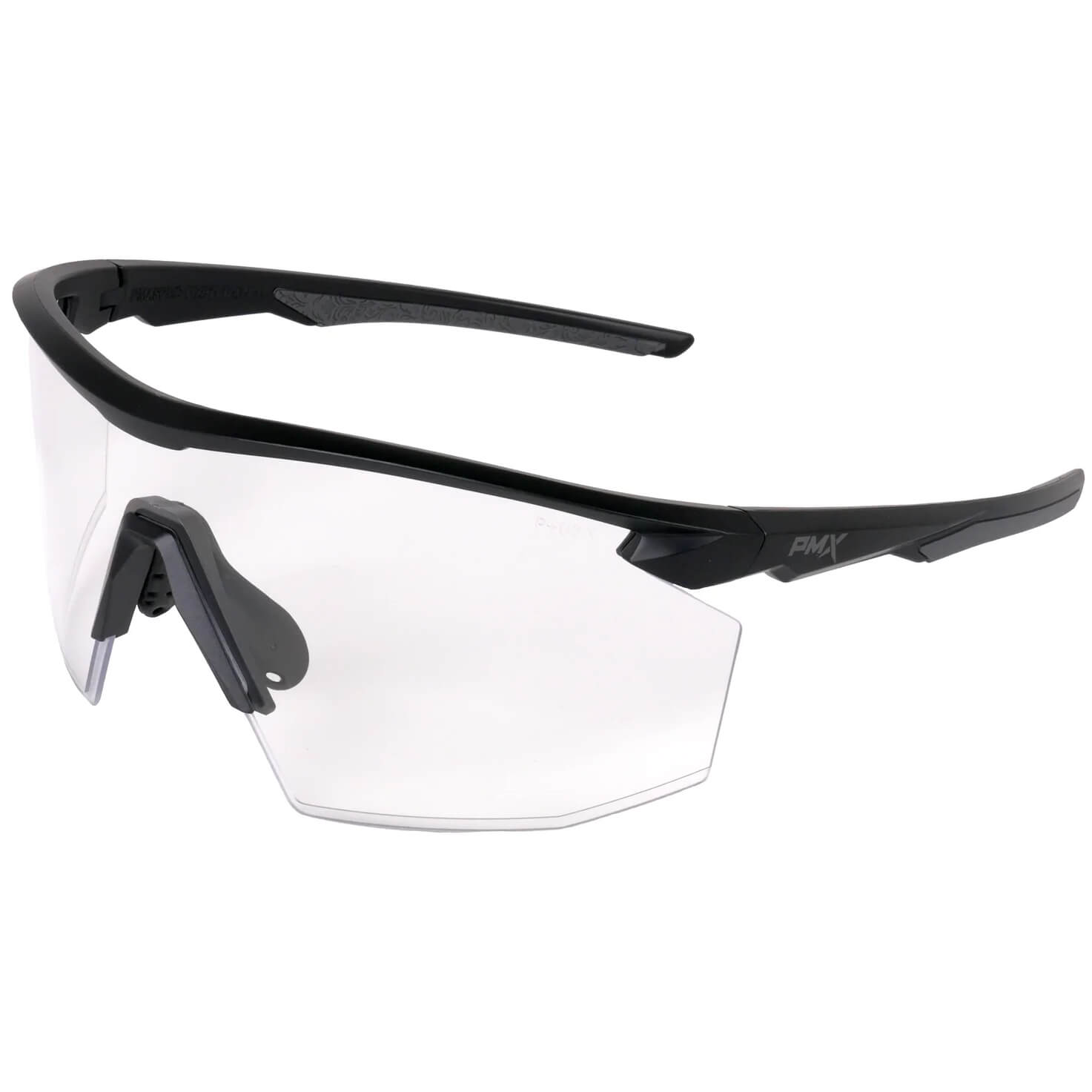Drone injuries are on the rise
Drones, those exhilarating technological wonders of the skies, have brought unparalleled fun and adventure to enthusiasts worldwide. From soaring through picturesque landscapes to performing daring aerial acrobatics, the thrill of controlling these agile machines is undeniable. However, amidst the excitement lies a crucial aspect that demands equal attention - the need for eye protection. As drones become more accessible and their popularity soars, so do the potential risks to our eyesight. The propellers' high-speed rotations, the risk of crashes, and the potential for debris or foreign objects to impact the eyes all underscore the importance of safeguarding our vision while embracing the exhilarating world of drones. Thus, donning appropriate eye protection is a precautionary measure and an essential aspect of ensuring safe and responsible drone enjoyment.
Small but dangerous
Despite their diminutive size, drones possess the potential to become formidable and dangerous machines capable of causing personal injuries. These compact aerial wonders can zip through the air with powerful propellers with surprising speed and force. In the hands of an inexperienced operator, a drone's agility can quickly become a hazard. Collisions with people, pets, or objects are not uncommon, and the fast-spinning propellers can inflict severe cuts and bruises on unsuspecting individuals nearby. Even a momentary lapse in concentration or a technical malfunction can result in an uncontrolled drone, putting operators and bystanders at risk and leading to potential accidents that could cause lasting harm.

Moreover, the increasing popularity of drones has led to a surge in incidents involving personal injuries. Accidents still occur despite the convenience of built-in safety features like propeller guards and obstacle avoidance systems. The thrill of flying a drone often overshadows its potential dangers, and people may overlook the importance of wearing safety equipment. Drones can quickly become hazardous projectiles, inflicting harm and reminding us that their small size belies their capacity for causing significant personal injuries.
Potential hazards caused by drones:
1. Collision injuries: An impact with a flying or falling drone can cause cuts, bruises, and severe lacerations if they come into contact with individuals.
2. Eye injuries: Flying debris or foreign objects propelled by a drone can cause eye injuries, ranging from minor irritation to severe damage.
3. Crash injuries: Inexperienced piloting or equipment malfunction can lead to drone crashes, potentially hitting people or objects on the ground, resulting in injuries.
4. Electric shock: Mishandling the drone's battery or electrical components can lead to electric shocks, particularly if the drone malfunctions or sustains damage.
5. Propeller entanglement: Careless handling or flying the drone near others can lead to the propellers causing injuries to fingers, faces, and more.
Drone operators and enthusiasts need to be aware of these potential hazards and take appropriate precautions to ensure drones' safe and responsible use.

Recommended safety gear when operating a drone:
When flying drones, safety should always be a top priority. While the specific safety equipment required may vary depending on local regulations and the type of drone activity, here are some common safety equipment recommendations for drone operators:
1. Eye protection: Wearing safety glasses or goggles can protect your eyes from flying debris, especially during takeoff and landing or in the event of a crash.
2. Gloves: Wear sturdy gloves to protect your hands and fingers from potential injuries, especially when handling the drone, including the propellers.
3. Comfortable footwear: Wear closed-toe shoes with good traction to prevent slipping or tripping during takeoff, landing, or walking on uneven terrain.
4. High-visibility clothing: When operating drones in public areas or near others, wearing hi-vis clothing or reflective vest can increase visibility and help prevent accidents.
5. Hearing protection (optional): If you regularly fly large, noisy drones or participate in drone racing events, wearing earmuffs or earplugs can protect your hearing from prolonged exposure to loud noise.
6. First aid kit: Always carry a basic first aid kit to address minor injuries or medical emergencies that may occur during drone activities.
Remember, the specific safety equipment you need may vary depending on the type of drone activity and your location's regulations. Always check local laws and guidelines, and consider the environment you will be flying in to determine the most appropriate safety equipment to ensure a safe and enjoyable drone experience.







